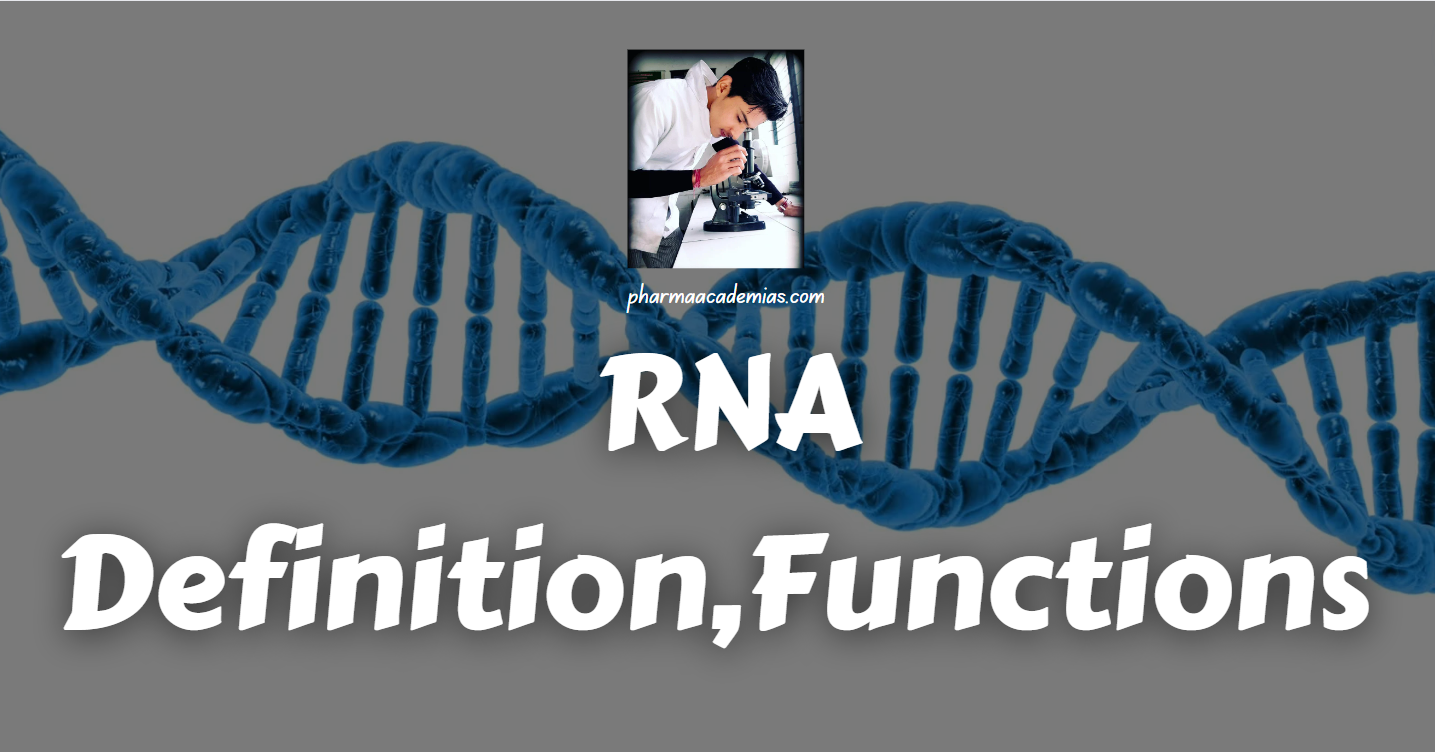RNA, or ribonucleic acid, is a crucial macromolecule involved in various cellular processes. It plays a central role in the flow of genetic information from DNA to protein synthesis and has diverse functions within the cell. There are several types of RNA, each with specific functions: 1. Messenger RNA (mRNA): …
Structure of DNA: Watson and Crick Model
In 1953, James Watson and Francis Crick proposed a groundbreaking model for the structure of DNA, a discovery that laid the foundation for understanding the molecular basis of genetics. The Watson and Crick model describes DNA as a double helix composed of two complementary strands held together by hydrogen bonds …
Components of nucleosides and nucleotides with examples
Nucleosides are fundamental components of nucleotides, which are the building blocks of nucleic acids like DNA and RNA. Components of Nucleosides A nucleoside is composed of two main components: 1. Sugar Molecule (Pentose Sugar): The sugar molecule in a nucleoside is a pentose sugar, meaning it has five carbon atoms. …
Definition, purine and pyrimidine bases
Definition of Nucleic Acids Nucleic acids are large, complex biomolecules that play a fundamental role in storing, transmitting, and expressing genetic information in living organisms. These macromolecules are crucial for the inheritance of genetic traits and the synthesis of proteins. There are two main types of nucleic acids: deoxyribonucleic acid …




